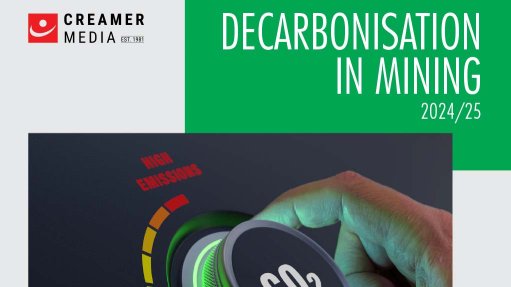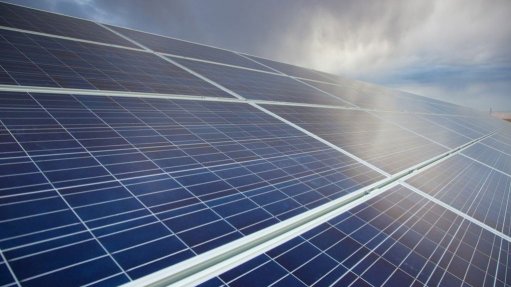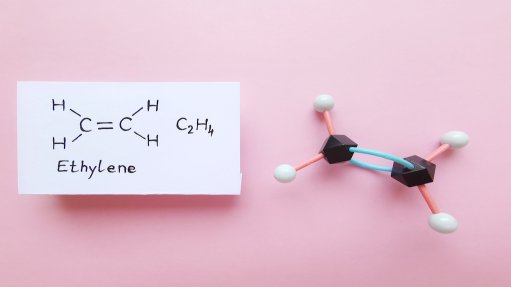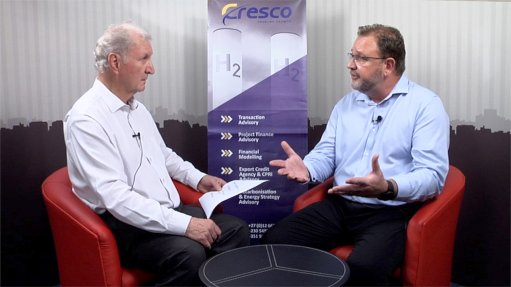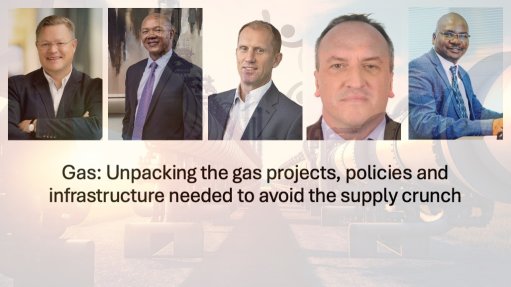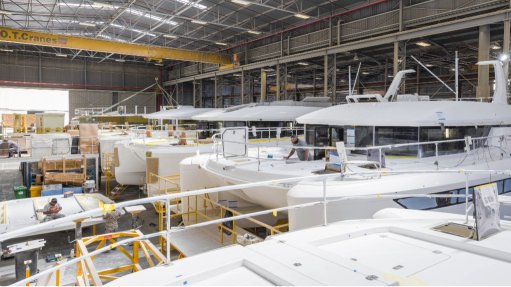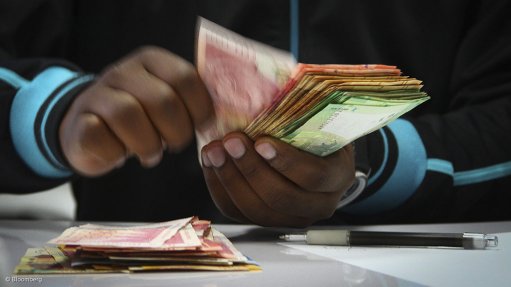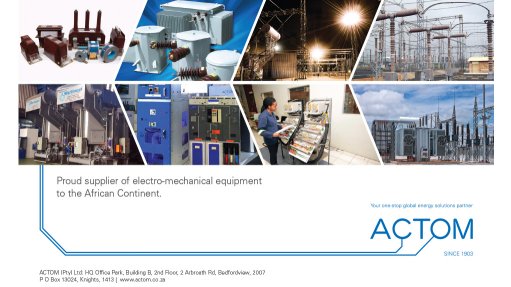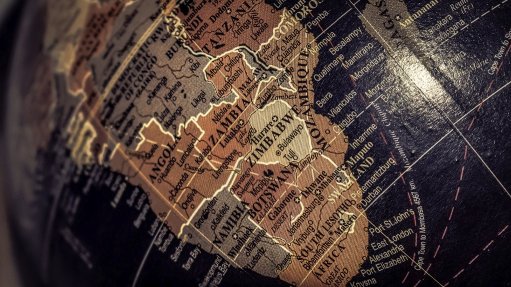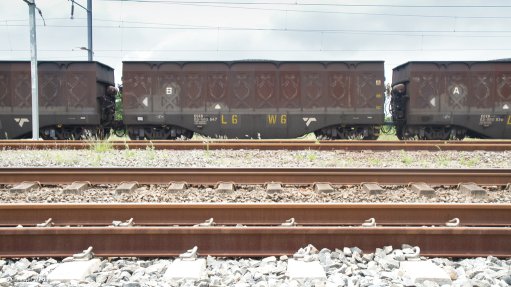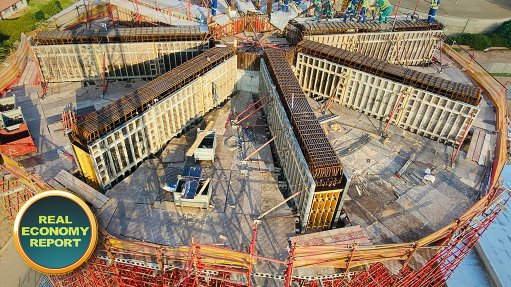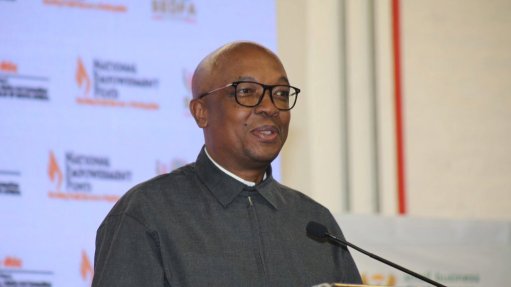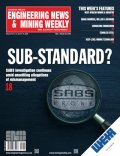Withdrawal of Billions from Just Energy Transition – Could Nuclear Be the Answer?
This article has been supplied and will be available for a limited time only on this website.
By: Dr. Andrew Dickson - Engineering Executive at CBi-electric: low voltage
The withdrawal of funding from the Just Energy Transition Partnership (JETP) is a setback for South Africa’s move to a low carbon economy. This initiative was designed to mobilise public and private investment to help developing nations transition from fossil fuels to cleaner energy sources and accelerate the decarbonisation of key sectors. However, the funding cut threatens to delay critical programmes already hampered by slow financial inflows and resistance from the Department of Mineral Resources and Energy to a full shift toward renewables. Given these challenges, South Africa must consider a more balanced energy strategy - one that includes nuclear power.
“Nuclear energy provides a stable base-load supply, ensuring uninterrupted power generation. In contrast, renewables like solar and wind experience output gaps when the sun sets or the wind stops blowing, requiring costly backup solutions,” explains Dr. Andrew Dickson, Engineering Executive at CBi-electric: low voltage. “Additionally, a typical nuclear reactor generates 1GW of electricity using just 3.4km² of land, whereas solar requires 116km² to 200km² and wind between 670km² and 930km² for the same output.”
He adds that unlike renewables, which are constrained by grid capacity in regions like the Northern, Western, and Eastern Cape where renewable resources are abundant, nuclear plants can be built in areas with better capacity.
From a financial perspective, Dr Dickson says nuclear energy is competitive with other forms of electricity generation. “Nuclear power’s total system costs are lower than those of wind and solar, which require heavy investment in storage and backup systems to manage fluctuations. Given the reduced funding available, South Africa would benefit from prioritising this energy source.”
Nuclear power also aligns with South Africa’s climate commitments. “Nuclear plants emit no greenhouse gasesduring operation and, over their lifecycle, produce carbon emissions comparable to wind and lower than solar,” he notes. “This excludes emissions from large-scale battery storage necessary for intermittent renewables, including those from material sourcing, production, and recycling.”
Globally, nuclear energy has proven its effectiveness. In France, for example, 92% of electricity comes from zero-emission sources, with nuclear accounting for 65% and wind and solar just 14%. This has made France one of the European Union’s largest producers of clean power, with plans to phase out coal by 2027.
Despite all this, Dr Dickson points out that South Africa generates only 1.9GW from nuclear compared to 3.4GW from wind and 2.3GW from solar. “Concerns around nuclear safety are often linked to two major historic accidents - Chernobyl in Ukraine in 1986, and Fukushima in Japan in 2011 - but the reality is that coal-fired power plants are far deadlier. A report by the Centre for Research on Energy and Clean Air found that Eskom’s coal plants are responsible for around 2,200 deaths annually due to air pollution. In contrast, nuclear is among the safest energy sources, even more so than wind.”
He highlights that while nuclear plants take longer to construct - about eight years on average versus two to 24 months for wind farms and eight to 12 months for solar - delays in South Africa’s Renewable Independent Power Producer Programme mean that these projects aren’t being built much faster. “Additionally, nuclear plants generate gigawatts of electricity, whereas renewable projects often produce only a few hundred megawatts at a time.”
“With renewable projects facing funding setbacks and delays, nuclear power provides South Africa’s with a path to a stable, low carbon future,” concludes Dr. Dickson. “A diversified approach, integrating nuclear with renewables, will help secure the country’s energy needs while meeting climate goals.”
Comments
Press Office
Announcements
What's On
Subscribe to improve your user experience...
Option 1 (equivalent of R125 a month):
Receive a weekly copy of Creamer Media's Engineering News & Mining Weekly magazine
(print copy for those in South Africa and e-magazine for those outside of South Africa)
Receive daily email newsletters
Access to full search results
Access archive of magazine back copies
Access to Projects in Progress
Access to ONE Research Report of your choice in PDF format
Option 2 (equivalent of R375 a month):
All benefits from Option 1
PLUS
Access to Creamer Media's Research Channel Africa for ALL Research Reports, in PDF format, on various industrial and mining sectors
including Electricity; Water; Energy Transition; Hydrogen; Roads, Rail and Ports; Coal; Gold; Platinum; Battery Metals; etc.
Already a subscriber?
Forgotten your password?
Receive weekly copy of Creamer Media's Engineering News & Mining Weekly magazine (print copy for those in South Africa and e-magazine for those outside of South Africa)
➕
Recieve daily email newsletters
➕
Access to full search results
➕
Access archive of magazine back copies
➕
Access to Projects in Progress
➕
Access to ONE Research Report of your choice in PDF format
RESEARCH CHANNEL AFRICA
R4500 (equivalent of R375 a month)
SUBSCRIBEAll benefits from Option 1
➕
Access to Creamer Media's Research Channel Africa for ALL Research Reports on various industrial and mining sectors, in PDF format, including on:
Electricity
➕
Water
➕
Energy Transition
➕
Hydrogen
➕
Roads, Rail and Ports
➕
Coal
➕
Gold
➕
Platinum
➕
Battery Metals
➕
etc.
Receive all benefits from Option 1 or Option 2 delivered to numerous people at your company
➕
Multiple User names and Passwords for simultaneous log-ins
➕
Intranet integration access to all in your organisation




